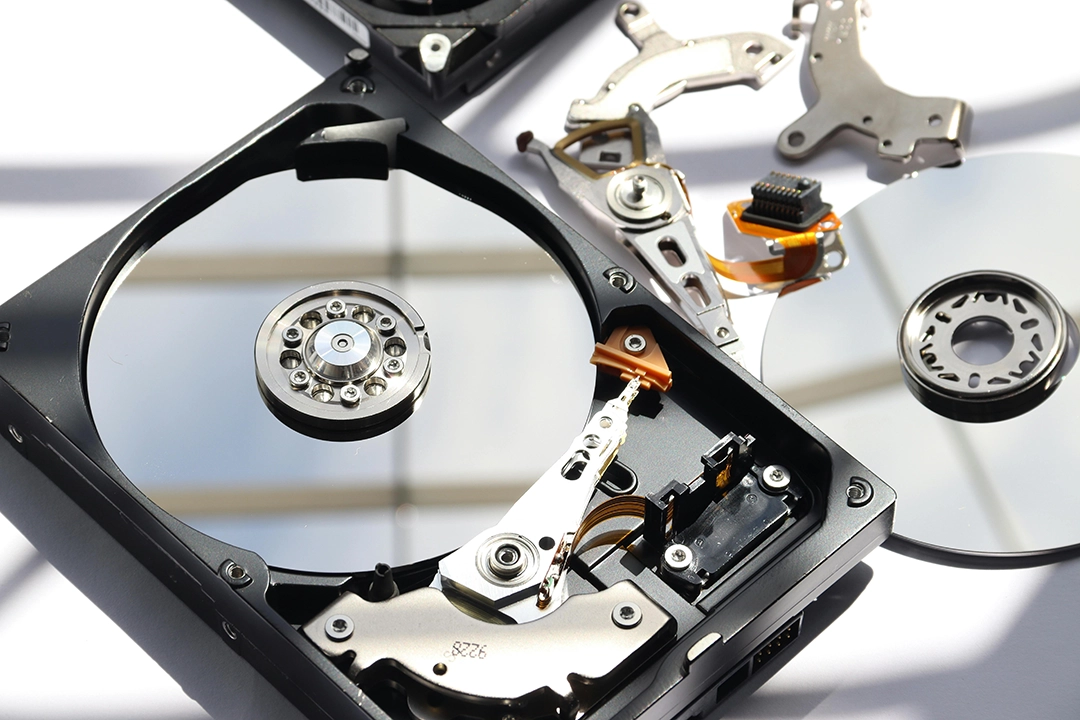No products in the cart.
Top Data Recovery Services: Restore Lost Data Easily
Data Fixier Data Recovery
Data recovery services help retrieve lost, deleted, corrupted, or inaccessible data from damaged or malfunctioning storage devices. Whether you’ve accidentally deleted files, suffered a hard drive crash, or encountered a ransomware attack, professional data recovery services can often restore your critical data.
🔹 Common Causes of Data Loss
- Accidental deletion (human error)
- Hardware failure (failed hard drive, SSD, or RAID)
- Software corruption (OS crashes, file system errors)
- Virus/malware attacks (ransomware, spyware)
- Physical damage (water, fire, impact damage)
- Logical errors (partition loss, formatting mistakes)
🔹 Types of Data Recovery Services
1. Logical Data Recovery
- Recovers data lost due to software issues (deleted files, corrupted partitions, formatting errors).
- Performed using specialized software tools.
2. Physical Data Recovery
- Repairs hardware-related failures (failed hard drives, SSDs, USB drives).
- Requires cleanroom environments for opening damaged drives.
3. RAID & Server Recovery
- Restores data from failed RAID arrays, NAS, or enterprise servers.
- Handles complex configurations (RAID 0, 1, 5, 6, 10).
4. SSD & Flash Recovery
- Specialized recovery for SSDs, USB drives, and memory cards.
- Tricky due to wear leveling and TRIM commands.
5. Emergency & Disaster Recovery
- Fast recovery for critical business data.
- Includes water/fire damage recovery.
🔹 How Data Recovery Works
- Evaluation – Diagnostics to determine recoverability.
- Quote – Cost estimation (no recovery, no fee).
- Recovery Process – Logical or physical repair.
- Data Verification – Checking recovered files.
- Delivery – Secure return of recovered data.
🔹 Choosing a Data Recovery Service
✔ Success Rate & Reputation (check reviews)
✔ Cleanroom Facilities (for physical recovery)
✔ No Recovery, No Fee Policy
✔ Data Security & Confidentiality (GDPR compliance)
✔ Turnaround Time (emergency vs. standard)
Top Data Recovery company:
- Data Fixier
- (high-end recovery)
- (Global, enterprise solutions)
- (Fast service)
- (Affordable, reliable)
🔹 DIY vs. Professional Recovery
| Factor | DIY Recovery | Professional Service |
|---|---|---|
| Cost | Low (software tools) | High ($300–$3000+) |
| Success Rate | Low (risk of permanent loss) | High (90%+ success) |
| Risk | Can worsen damage | Safe in expert hands |
| Best For | Minor deletions | Critical/hardware failures |
⚠ Warning: Avoid DIY if the drive is physically damaged—you may lose data permanently.
🔹 Preventing Data Loss
- Regular backups (3-2-1 rule: 3 copies, 2 media types, 1 offsite)
- Use surge protectors & UPS (prevents power-related corruption)
- Avoid physical shocks (handle HDDs/SSDs carefully)
- Update antivirus software (prevents malware attacks)
💡 Final Advice
If you’ve lost important data:
- Stop using the device to prevent overwriting.
- Consult a professional for evaluation.
- Choose a reputable service with a no-data-no-fee policy.
Need help finding a reliable data recovery provider? Let me know your device type and issue—I can guide you further! 🚀

